 Strolling through “Praça da Republica” and “Parque / Jardim da Avenida Central” in Braga, Portugal, we find the complex known as the “Convento dos Congregados” and the “Igreja dos Congregados”.
Strolling through “Praça da Republica” and “Parque / Jardim da Avenida Central” in Braga, Portugal, we find the complex known as the “Convento dos Congregados” and the “Igreja dos Congregados”.
Continue reading “Convent “dos Congregados do São Filipe de Néri” – Braga, Portugal”
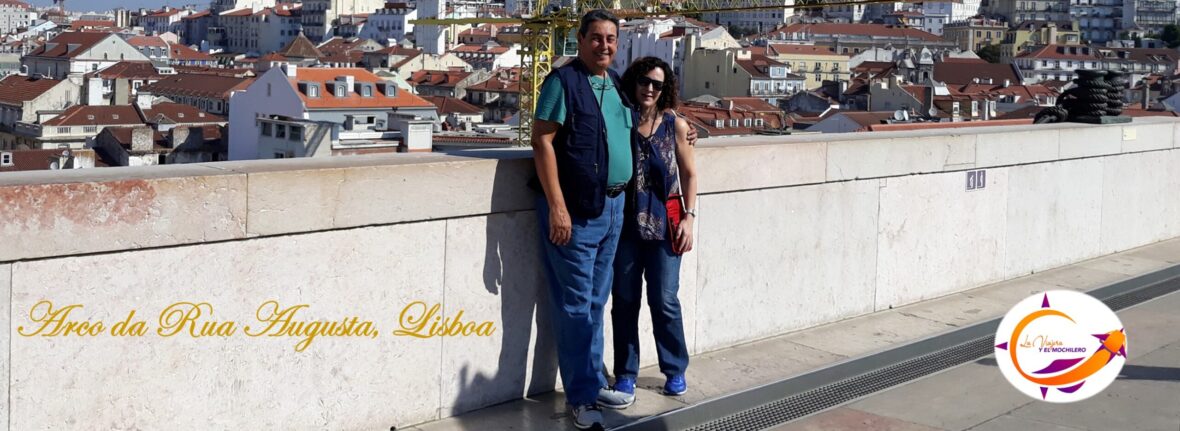
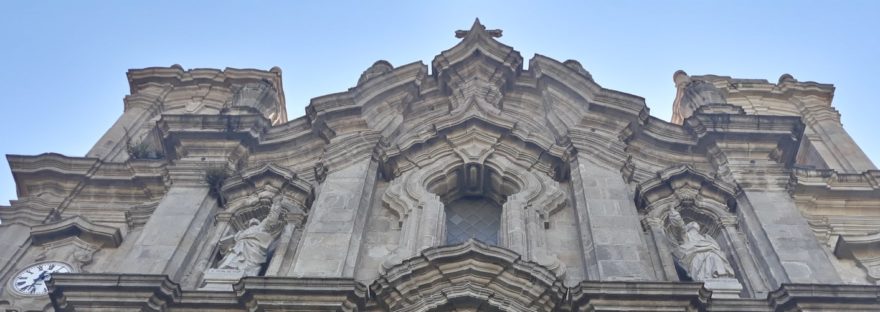

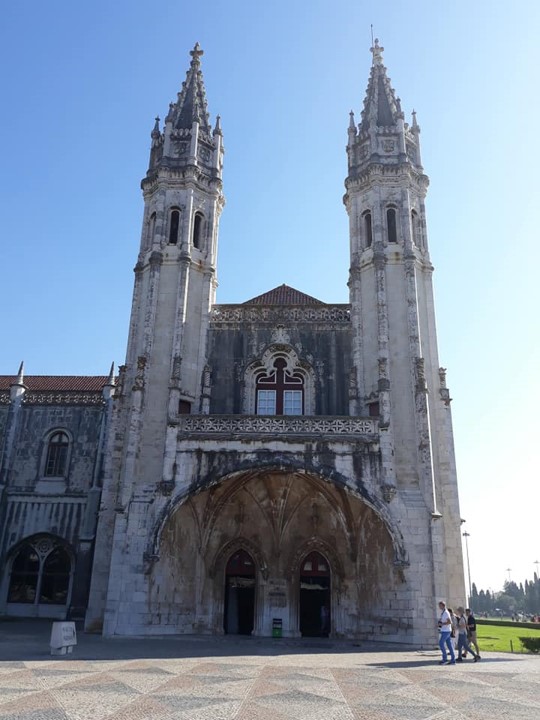 The Marine Museum (Museu da Marinha) was established by King Don Luís in 1863, and with the main objectives the dissemination of naval military affairs, and above all, disseminate the Portuguese maritime past, from the time of the Discoveries until the 19th century.
The Marine Museum (Museu da Marinha) was established by King Don Luís in 1863, and with the main objectives the dissemination of naval military affairs, and above all, disseminate the Portuguese maritime past, from the time of the Discoveries until the 19th century. 
 As we strolled through Braga (Portugal), we arrive at the Jardim da Praça do Municipio and the “Paços do Concelho”, the Municipal Chamber or Town Hall.
As we strolled through Braga (Portugal), we arrive at the Jardim da Praça do Municipio and the “Paços do Concelho”, the Municipal Chamber or Town Hall.
 The tower of Belém or tower of Bethlehem, as it appears in some writings, constitutes one of the most representative examples of the “Manueline” architecture. It is located at the mouth of the Tagus River, in the ward of “Santa Maria de Belém”, in the southwest section of Lisbon, Portugal. Together with the “Jerónimos” Monastery, the “Torre de Belém” was declared a World Heritage Site by Unesco in 1983.
The tower of Belém or tower of Bethlehem, as it appears in some writings, constitutes one of the most representative examples of the “Manueline” architecture. It is located at the mouth of the Tagus River, in the ward of “Santa Maria de Belém”, in the southwest section of Lisbon, Portugal. Together with the “Jerónimos” Monastery, the “Torre de Belém” was declared a World Heritage Site by Unesco in 1983. 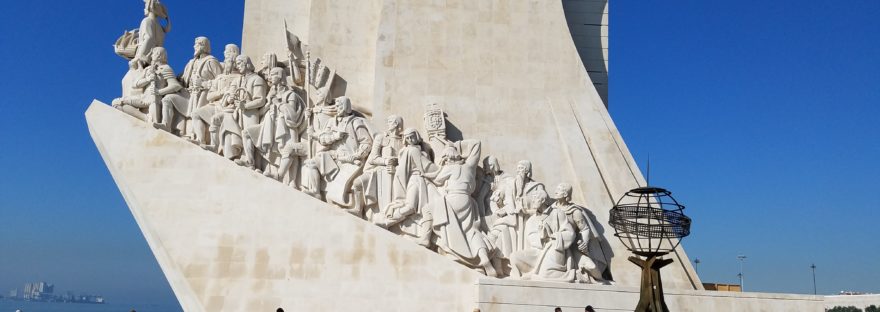
 During our stay in Lisbon, Portugal, Praça Figueira or Plaza de la Higuera was one of the places we passed daily, as we traveled by bus to the historic city center. Therefore, it was necessary to make a short visit of this square.
During our stay in Lisbon, Portugal, Praça Figueira or Plaza de la Higuera was one of the places we passed daily, as we traveled by bus to the historic city center. Therefore, it was necessary to make a short visit of this square.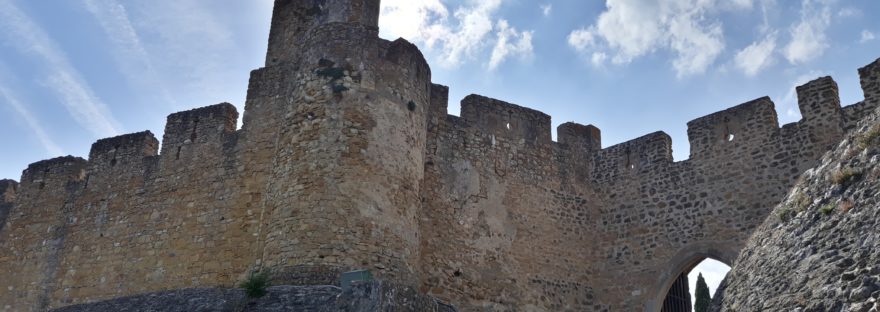
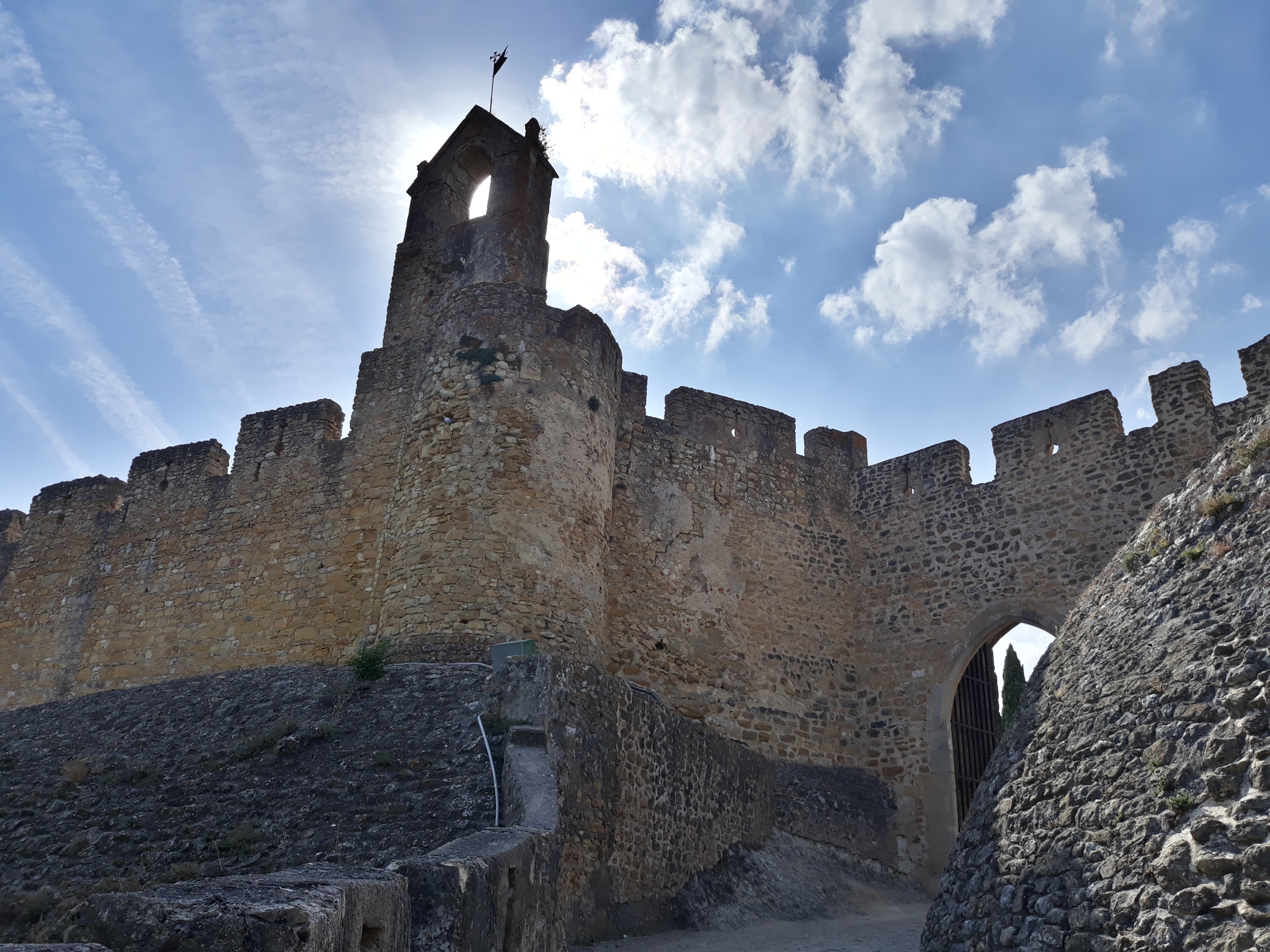 The Castle of Tomar located in the small Portuguese city of Tomar in the Santarem region, was part of the military defensive structures known as the Tagus Line, along with other existing castles during the Reconquest of the Iberian Peninsula of the Moors . Known to be a Castle of the Order of the Temple, it was built under the orders of the Grand Master of the Order in 1160, Gauldim Pais on a hilltop in the “São João Baptista” Ward and very close to the “Nabão” river.
The Castle of Tomar located in the small Portuguese city of Tomar in the Santarem region, was part of the military defensive structures known as the Tagus Line, along with other existing castles during the Reconquest of the Iberian Peninsula of the Moors . Known to be a Castle of the Order of the Temple, it was built under the orders of the Grand Master of the Order in 1160, Gauldim Pais on a hilltop in the “São João Baptista” Ward and very close to the “Nabão” river. 
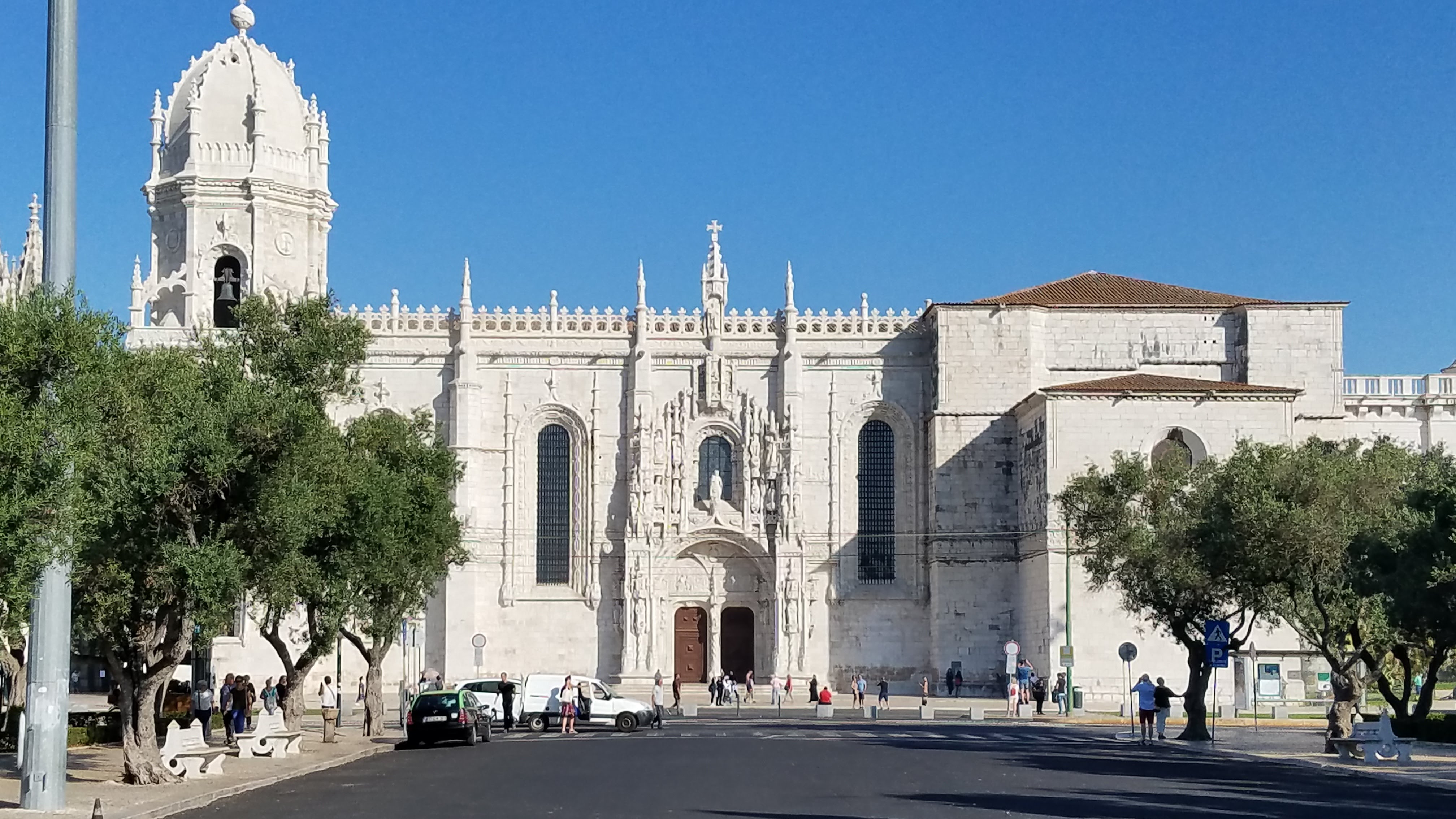 The “Jerónimos de Santa María de Belém” Monastery is an old monastery, which served in its beginnings as the residence of the monks of the religious order of “São Jerónimo” (Saint Jerome), which prevailed until 1834. The Monastery is located in the “Belém” Ward in Lisbon, Portugal and is an important representation of the “Manueline” architectural style, representing the richness and importance of the Portuguese Discoveries.
The “Jerónimos de Santa María de Belém” Monastery is an old monastery, which served in its beginnings as the residence of the monks of the religious order of “São Jerónimo” (Saint Jerome), which prevailed until 1834. The Monastery is located in the “Belém” Ward in Lisbon, Portugal and is an important representation of the “Manueline” architectural style, representing the richness and importance of the Portuguese Discoveries. 
 Crowning the “Praça da Liberdade” and at the end of the “Avenida dos Aliados” is the “Câmara Municipal do Porto” or the City Hall of Oporto or Porto, Portugal. In the style of the great municipal palaces of northern Europe, the Municipal Chamber was built in 1955 and is the work of the architect Antonio Correia da Silva with alterations proposed by the architect Carlos Ramos.
Crowning the “Praça da Liberdade” and at the end of the “Avenida dos Aliados” is the “Câmara Municipal do Porto” or the City Hall of Oporto or Porto, Portugal. In the style of the great municipal palaces of northern Europe, the Municipal Chamber was built in 1955 and is the work of the architect Antonio Correia da Silva with alterations proposed by the architect Carlos Ramos. Of architectural Mannerist and Baroque elements, the Church of the Holy Cross was erected in the 17th century by order of Jerónimo Portilo, founder of the Brotherhood of the Holy Cross.
Of architectural Mannerist and Baroque elements, the Church of the Holy Cross was erected in the 17th century by order of Jerónimo Portilo, founder of the Brotherhood of the Holy Cross.